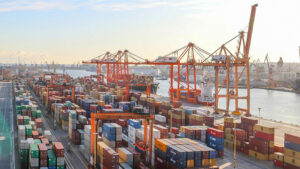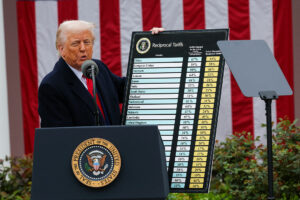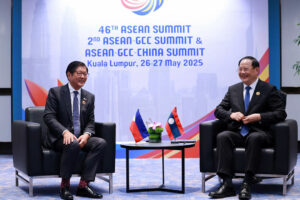THE TRUMP tariffs will impact the Philippines mainly via the weakening of investor confidence as potential investors weigh a retreat behind US tariff walls, S&P Global Ratings said.
“(The Philippines) has one of the lower initial reciprocal tariff rates of 17%, and does not have a very large bilateral trade surplus with the US, as a substantial portion of its exports is in services. Nevertheless, growth is still likely to be affected, and we have penciled in a decline of 0.3 percentage points compared to the pre-tariff forecast for this year,” S&P Global Ratings Asia Sovereign & International Public Finance Ratings Director Rain Yin said at a webinar on Tuesday.
“We see weaker confidence, weaker investment, and the weaker environment in the region affecting the economy more broadly,” S&P Global Ratings Asia-Pacific Senior Economist Vishrut Rana added.
S&P Global expects the Philippine economy to expand 6% this year, at the lower end of the government’s 6-8% target and accelerating from the revised 5.7% forecast for 2024.
However, Ms. Yin said the outlook remains positive driven because of the Philippines’ “strong growth trajectory, narrowing current account deficits and fiscal consolidation,” adding that its credit ratings could be raised within the next two years.
“However, if downside risks are very significant and derail our expectations on those constructive trends, then the outlook can possibly go unstable,” she noted.
“Therefore, the key question for us is really about when domestic consumption and investments recover. This will likely determine how much fiscal support the government will roll out and for how long they decide to roll out this fiscal support. If we expect the domestic recovery to be slow, then the need for stimulative fiscal policies in the next few years will increasingly weigh on the sovereign ratings.”
The Philippines is one of three countries in the region with a positive outlook as this group is deemed least affected by the tariffs, the others being Mongolia and India.
“Nevertheless, the situation does carry a lot of downside risk. And the conditions that make it conducive for us to take a positive outlook might not materialize if downside risks intensify. So if we do not believe that the rating upgrade is likely within the next one or two years, then we’ll be looking very carefully whether the positive outlooks continue to make sense,” Ms. Yin said. — Aaron Michael C. Sy


















